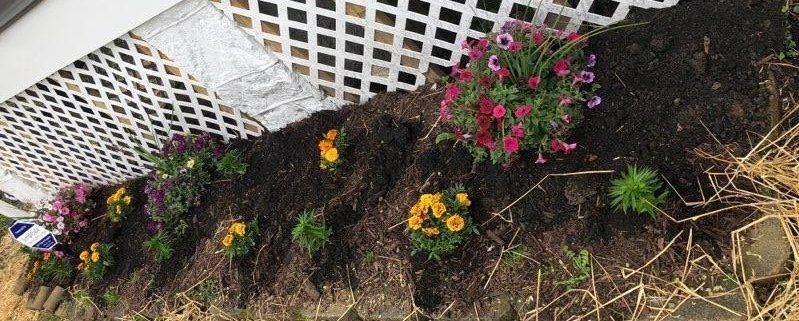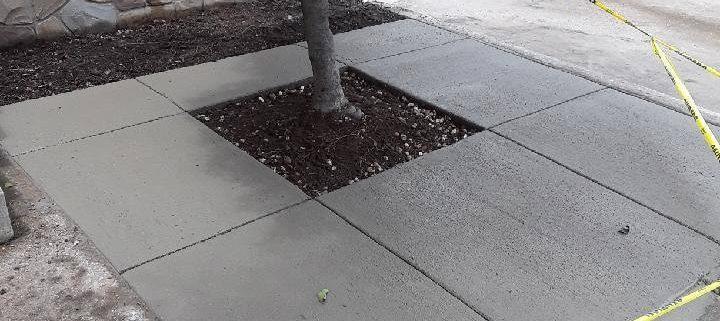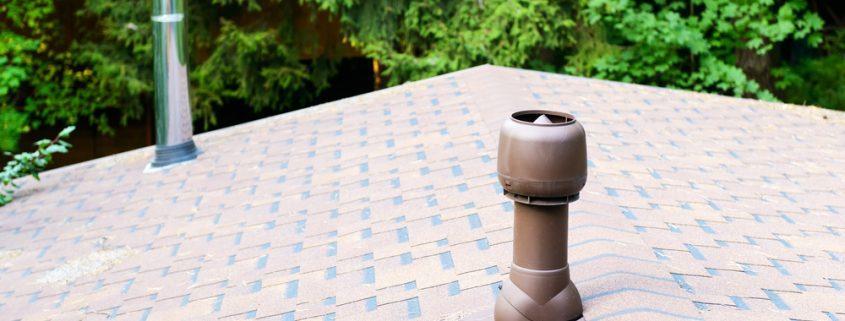Cleaning Paint Brushes and Rollers
Brushes, pads and rollers should be cleaned immediately after use to last as long as possible without spoiling. In fact, brushes improve over time and provide a smoother finish if they have been properly cleaned and stored. During short periods, for example to go to eat or at night, some utensils can be stored without cleaning.
When you apply chemical products, such as paint stripper or decolorizer for wood, you must use inexpensive brushes that can be cleaned and stored exclusively for these tasks, or you will have to throw them away once used.
Clean the painting utensils
When you buy the paint, consult the manufacturer’s instructions regarding cleaning and purchase the recommended solvent next to the paint. Glazes are removed from brushes and rollers with turpentine, rosin or paraffin (kerosene).
Plastic paints are removed by washing with water, while other special solvents are removed, as diluents or other preparations.
To finish cleaning brushes, pads and rollers you must use a household detergent (dishwashing, for example) to remove the last traces of paint before storing.
Plastic paint and glaze
To clean the plastic paint brush:
Scratching: Clean the brush on several sheets of newsprint by gently flattening the bristles and scraping the paint with the edge of a flat knife.
Rinse: Separate the bristles under a stream of warm water, making sure that no paint remains on the back of the brush. Finally, add detergent and rinse thoroughly.
Enamels are removed as follows:
Remove the paint: Clean the utensils with the edge of a knife, as in the previous case. Then, put them in a jar with turpentine and stir quickly.
Wash: Remove the solvent from the brush by washing it with detergent and water. Rinse thoroughly and shake to dry, trying not to distort the brush.
Cleaning rollers and pads
To clean this type of utensil, the steps consist of:
Remove the paint: Roll the roller firmly on several sheets of newspaper until the paint is removed. Also, go replacing the sheets so that the roller is not saturated with paint.
Rinse: If possible, remove the sleeve from the roller drum and wash it with the appropriate solvent. Next, wash the roller or pad with detergent and warm water. To finish, rinse them with plenty of water and shake them to dry.












